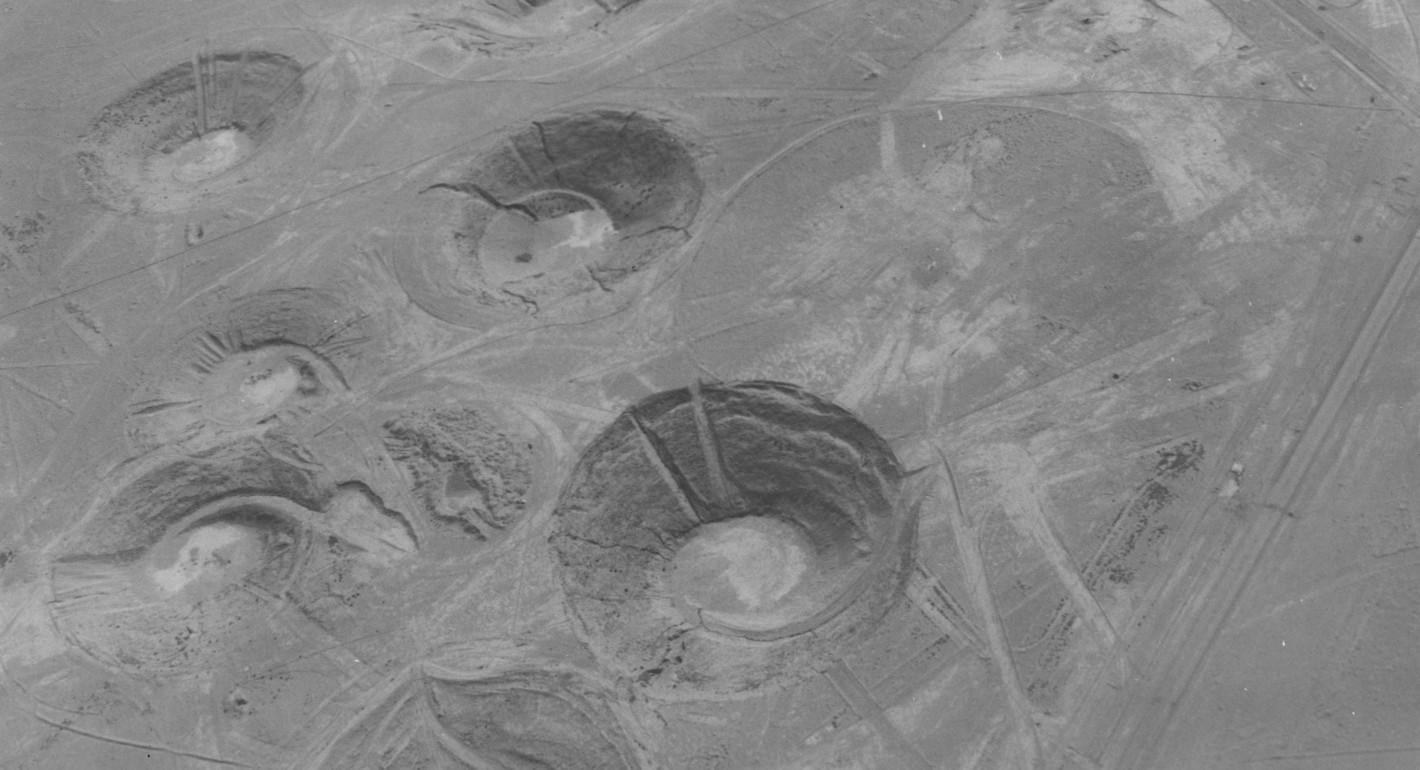Late last year, I found myself an hour outside of Las Vegas overlooking a 1,280-foot-wide crater that was formed decades ago by the underground detonation of a thermonuclear device. I stared down at the crater, struck by its magnitude and reminded that it is just one of many littering this remote part of the Nevada desert—scars of the U.S. nuclear testing program.
The United States no longer conducts explosive nuclear tests, a practice that is not only provocative and potentially escalatory but also damaging to both human health and the environment. With the exception of North Korea, no nuclear-armed state has conducted a nuclear test since 1998. This restraint, however, may not continue for much longer: a recent setback for test-ban diplomacy and increase in testing talk could fuel a widespread return to nuclear testing. To avoid this outcome, nuclear-armed states should commit not to be the first to conduct nuclear explosive tests.
All nuclear states should sign onto this commitment, but in practice, Israel (which does not officially acknowledge its possession of nuclear weapons) and North Korea (which, at least for now, has no interest in negotiated restraint) would not. That leaves seven realistic targets: China, France, India, Pakistan, Russia, the United Kingdom, and the United States.
Except for France and the United Kingdom, none of these states have signed and ratified the Comprehensive Nuclear-Test-Ban Treaty (CTBT), the landmark agreement that prohibits all nuclear testing. Russia dealt the treaty a heavy blow by rescinding its ratification last year—creating real concerns that Moscow may resume testing. As a result of these and other holdouts, the CTBT is unlikely to enter into force anytime soon, severely limiting the treaty’s compliance mechanisms. That said, China, Russia, India, Pakistan, and the United States all uphold voluntary moratoria on nuclear testing, but none, except for Pakistan, have signed onto a specific no-first-test commitment.
 The author and her tour group in front of one of the craters at the Nevada National Security Site. Courtesy of the U.S. National Nuclear Security Administration.
The author and her tour group in front of one of the craters at the Nevada National Security Site. Courtesy of the U.S. National Nuclear Security Administration.
I ended up in Nevada as part of a U.S. effort to demonstrate its compliance with its own moratorium. U.S. officials invited our nongovernmental group to tour the Nevada National Security Site, where the United States tested more than 900 nuclear weapons from 1951 to 1992. They wanted us to learn firsthand about activities at the site, such as the zero-yield, subcritical experiments conducted to help assess the effectiveness and reliability of the U.S. nuclear stockpile. This transparency effort was largely precipitated by Russian and Chinese concerns that those activities are signs of U.S. preparations for a nuclear test, not to mention Moscow’s assertion that it will be forced to resume testing if Washington does so first. The United States, meanwhile, has its own concerns about activities at nuclear test sites in Russia and China. And the international community has expressed understandable concerns that this collective uptick in testing talk could undermine the norm against nuclear testing. Alarmingly, all of these concerns are being raised against the backdrop of an emerging three-way arms race between Beijing, Moscow, and Washington that might lead to the development—and testing—of new nuclear capabilities.
There is a real danger of a tit-for-tat testing dynamic unfolding. A Russian test, for instance, would likely prompt the United States, then China, then India, and then Pakistan to reciprocate. The arrows of causation could work in the other direction, too: an Indian test, for example, would likely prompt both Pakistan and China to respond in kind. The latter would then catalyze tests by the United States and then Russia.
In the absence of the CTBT’s enactment, a no-first-test commitment would supplement existing nuclear testing moratoria by reducing these tit-for-tat testing pressures. It would help assuage legitimate concerns among the international community that a return to the damaging practice of explosive nuclear testing is imminent. A no-first-test commitment would also further U.S. interests, given that the United States has no technical need to test. As Marvin Adams, the official tasked with maintaining the U.S. nuclear stockpile, told us in Nevada, he does not imagine any technical problem where a solution would be best obtained from testing. Subcritical experiments provide more technical data about the performance of nuclear weapons than full-scale tests. (By presidential direction, the United States needs to maintain the readiness to test, but that should not conflict with a commitment not to test first.) The United States’ only motivation for conducting a test would therefore be political, namely, if another state does so first. A no-first-test commitment would go a long way to forestalling that scenario.
Washington is thus well-positioned to take the lead—and should act without delay. An international no-first-test commitment would significantly help to address the growing and urgent need to reinforce the no-testing norm.




